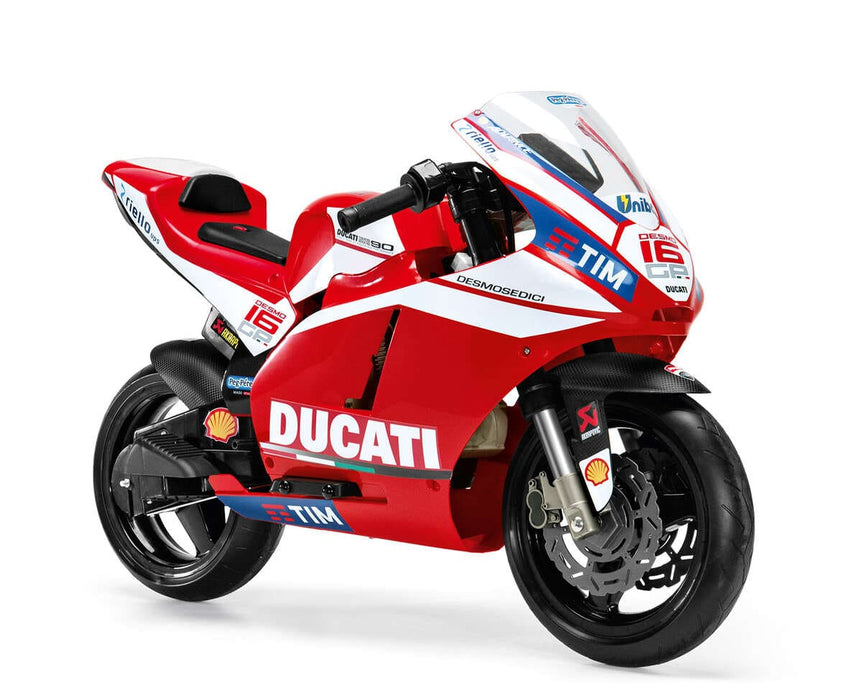Wheels: Discovering Freedom on Kid-Sized Motorcycles
Introduction:
In recent years, the fascination with motorcycles has extended beyond adults to capture the imaginations of younger enthusiasts as well. Kids’ motorcycles, designed with safety and excitement in mind, have become increasingly popular. But as a parent, you might have concerns about their safety, suitability, and the benefits they offer. In this guide, we delve into the world of kids’ motorcycles to provide you with insights and considerations before making a decision.

The Evolution of Kids’ Motorcycles:
Kids’ motorcycles have come a long way from being mere toys to sophisticated, scaled-down replicas of their adult counterparts. These miniature machines are designed to provide children with an authentic riding experience while prioritizing safety and kids motorcycle control. Manufacturers have developed various types of kids’ motorcycles, ranging from electric-powered mini bikes to small gas-powered dirt bikes, each catering to different age groups and skill levels.
Safety First:
Safety should always be the foremost consideration when choosing a kids’ motorcycle. Look for models equipped with safety features such as speed limiters, remote kill switches, and sturdy construction. Additionally, ensure that your child wears appropriate safety gear, including a helmet, gloves, and protective clothing, whenever they ride.
Benefits of Kids’ Motorcycles:
Despite concerns about safety, kids’ motorcycles offer numerous benefits for children’s physical and cognitive development. Riding helps improve balance, coordination, and spatial awareness, while also fostering a sense of independence and responsibility. Moreover, it provides an outlet for adventurous energy and encourages outdoor play, reducing screen time and promoting an active lifestyle.
Choosing the Right Model:
When selecting a kids’ motorcycle, consider factors such as your child’s age, size, and riding experience. Electric-powered bikes are ideal for beginners due to their simplicity and quiet operation, while gas-powered models offer a more authentic riding experience for older children with prior experience. Additionally, assess the terrain where your child will be riding—dirt bikes are suitable for off-road adventures, whereas mini bikes are better suited for paved surfaces.
Parental Supervision and Training:
It’s essential for parents to supervise their children’s motorcycle activities closely, especially during the initial learning phase. Provide guidance on proper riding techniques, safety precautions, and basic maintenance to ensure a safe and enjoyable experience. Consider enrolling your child in a motorcycle safety course tailored to their age group to enhance their skills and knowledge.
Community and Support:
Joining a local motorcycle club or community can provide valuable support and resources for both you and your child. These groups often organize events, races, and training sessions tailored to young riders, fostering a sense of camaraderie and shared passion for motorcycles. Moreover, they can offer guidance on equipment, maintenance, and safety best practices.
Conclusion:
Kids’ motorcycles offer a thrilling and rewarding experience for children while promoting physical activity, independence, and skill development. By prioritizing safety, choosing the right model, and providing parental supervision and support, you can ensure that your child enjoys all the benefits of riding while minimizing risks. So, gear up, hit the trails, and watch your child embark on an exciting adventure in the world of motorcycles.
